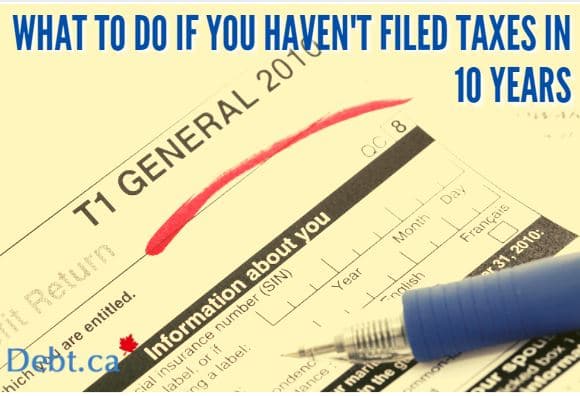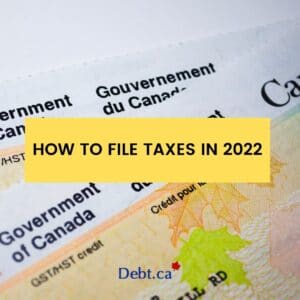Tax brackets for the 2025 tax year
According to the Canada Revenue Agency, federal income tax rates are as follows:
- 14.5 percent on the first $57,375 of taxable income.
- 20.5 percent on the next $57,374 (to $114,750).
- 26 percent on the next $63,131 (on the portion over $114,751 to $177,882).
- 29 percent on the next $775,531 (on the portion over $177,883 to $253,414).
- 33 percent of any taxable income over $253,415.
Identifying Your Tax Bracket
Your tax bracket is based on where you live and your taxable income (all sources of income totalled up, minus any applicable tax deductions). Canadian taxpayers pay federal income taxes, and they also pay taxes to the government of the province or territory where they live.
Provincial tax rates vary from province to province and are determined by the province you lived in on December 31 of the tax year.
If you’re not certain of the exact amount of your annual income, check your pay stub. Every pay stub should show your gross income and net pay in addition to your year-to-date totals, which can help you estimate which tax bracket you’ll fall into.
Tax Brackets: How Do They Work?
As we mentioned, tax brackets are based on taxable income — gross income from all sources (your total income), minus applicable tax deductions.
Once you determine your taxable income, apply the pertinent federal and provincial rates to your taxable income. You should use an income tax calculator to calculate your federal income tax first, then your provincial tax rate and finally, the two together.
Marginal tax rates are the combined federal and provincial income tax you pay on all income sources. The marginal rate varies based on the amount of income that’s declared on your tax return at year’s end.
Tax Credits and Tax Deductions
Tax Credits
There are two types of tax credits:
- Non-refundable —This type of tax credit reduces the amount of tax payable. To claim this credit, you must owe taxes because you earned enough money — whether through capital gains to owe income tax, income and other smart financial decisions — to owe income tax. These tax credits can lower your tax owing to zero unless you have more tax credits than tax owing. In this case, taxpayers will not get a refund for the balance. Examples include: Personal amount exemption (available for anyone who owes taxes).
- Exemptions for taxpayers
- Age 65+
- With kids
- Receiving pensions
- With certified disabilities
- Who are caregivers to a loved one with a disability
- Tuition and medical expenses
- Interest paid on student loans
- Adoption expenses
- Refundable — These tax credits are paid to anyone who qualifies, whether or not they earned income. Typically, refundable tax credits are paid out through the course of the year.
Tax Deductions
People often misunderstand how tax deductions work. They reduce your total income amount, as opposed to lowering what you owe. This may allow you to enter a lower tax bracket, thereby lowering how much you’ll owe. Some of the most commonly used tax deductions in Canada include:
- Pension Adjustment: Credit for any contributions that were made to your pension in the calendar year. If this applies, your employer will fill in the Pension Adjustment amount on your tax return. This amount shows your income and how much income tax was deducted for the calendar year.
- Registered Retirement Savings Plan (RRSP) contributions: Up to the maximum amount that’s allowed per year. Your bank will give you a contribution receipt. You can also contact your tax preparer for this information.
- Expenses for childcare
- Dues paid to unions and professional organizations.
- Donations to charity and political parties.
Final Thoughts
It’s important to keep up with the tax bracket changes every year, as well as the latest on income tax deductions and credits, so you can make the most of your money and ensure you’re not missing out on any extra funds available to you.
If you’re struggling with a large tax bill that’s sending you into a debt spiral, we have more information on our site about debt relief options for Canadians.








